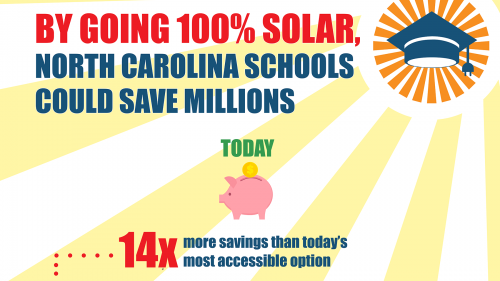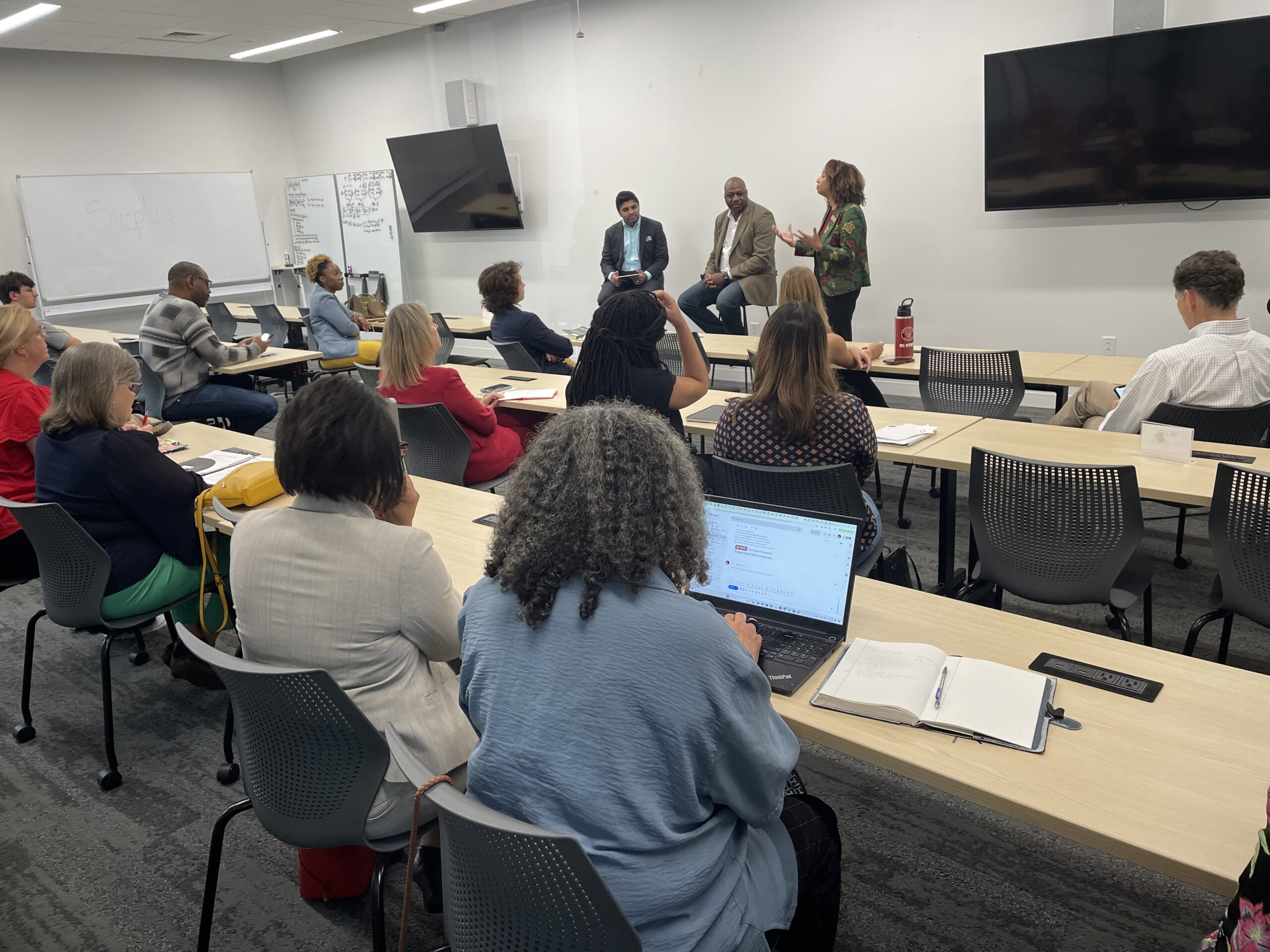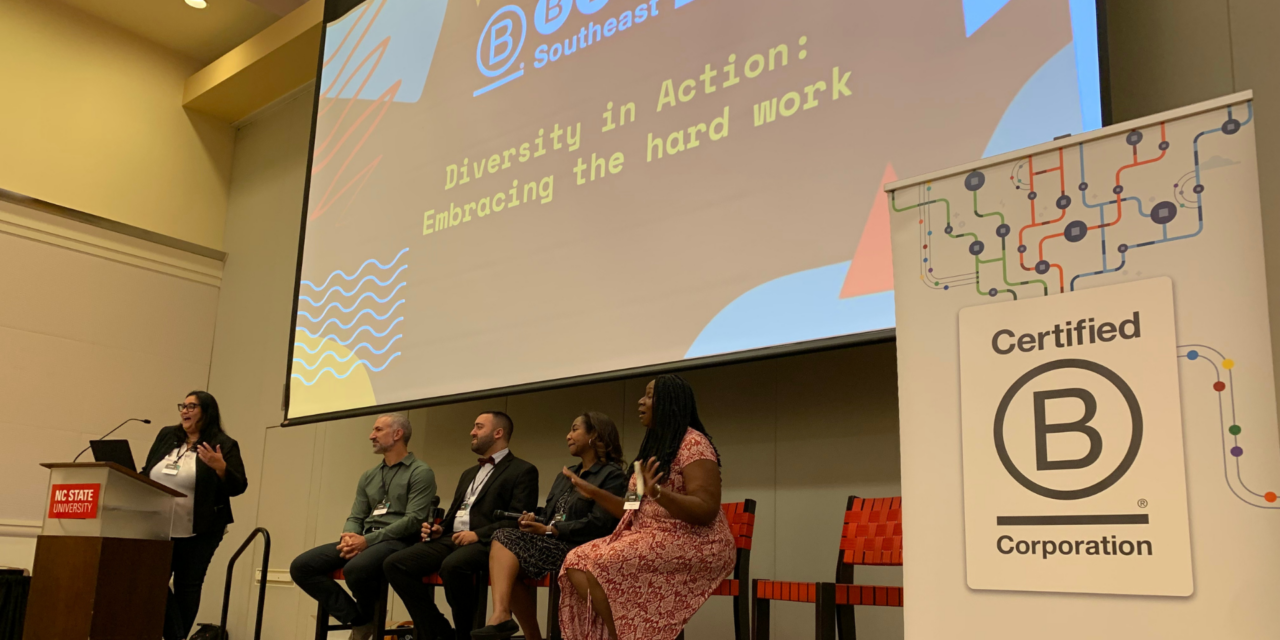Charlotte-Mecklenburg, Durham schools can save millions by going solar

Charlotte-Mecklenburg and Durham school districts can meet electricity needs, save millions by going 100 percent solar.
In a press release published today, February 3, 2016, two reports by the North Carolina Clean Energy Technology Center (NC CETC) found that Charlotte-Mecklenburg Schools (CMS) and Durham Public Schools (DPS) can meet 100 percent of their electricity needs and save millions over the next 25 years by installing solar panels to power their schools immediately. With improvements to solar policies in the state, including the allowance of third-party energy sales and upgrades to net metering policy, CMS could save $54.6 million and DPS could save $16.3 million over 25 years, an 11 percent savings without upfront costs using an increasingly common arrangement.
“This assessment shows that it is absolutely possible to meet the electricity needs of both Charlotte-Mecklenburg and Durham school districts with solar installations located at schools,” said Clean Air Carolina Program Director Terry Lansdell. “By doing so we can save schools significant funding over the next 25 years to reinvest in our students, teachers and the classroom.”
The reports, commissioned by the Repower Our Schools coalition, examined multiple scenarios to identify financially attractive options for the districts. Under current policies, the districts could save the most money over the next 25 years by powering schools with ground-mounted PV solar using a partnership-flip financing model, which allows schools to obtain the system after seven years of joint ownership with third-party investors.
Both school districts could see their savings jump 14 times compared to the current benefits of going solar if they are able to utilize enhanced net metering and power purchase agreements through policy improvements. North Carolina is currently one of only five states that prohibits third-party energy sales, which enables schools across the country to utilize the more beneficial power purchase agreement, model.
“Solar installations at North Carolina schools would bring the jobs of tomorrow into the classroom today,” said Dr. Wafa Khalil, a retired science, and energy teacher of 23 years. “Teachers could incorporate solar into the curriculum and let students witness its advantages firsthand.”
The money saved over 25 years with third-party energy sales and net metering improvements is equivalent to 1,357 annual starting teacher salaries for CMS and 414 for DPS, which is a substantially smaller school district.
The reports recommend that both North Carolina school districts develop plans to move schools toward 100 percent renewable electricity long-term while continuing to make energy efficiency improvements and piloting solar projects today.
“We continue to see interest from parents, teachers, and students across North Carolina in going solar,” said Greenpeace North Carolina Field Organizer Michael Zytkow. “As the calls for 100 percent renewable energy continue to grow, it is only a matter of time before we see solar powering schools across the state.”
The Repower Our Schools coalition launched in January 2015 to support parents, teachers, and students who want to see their schools go solar for the health, environmental and economic benefits. Additional information can be found at www.repowerourschools.com.
To read both reports, please click here: http://www.repowerourschools.com/report/
- Categories:


